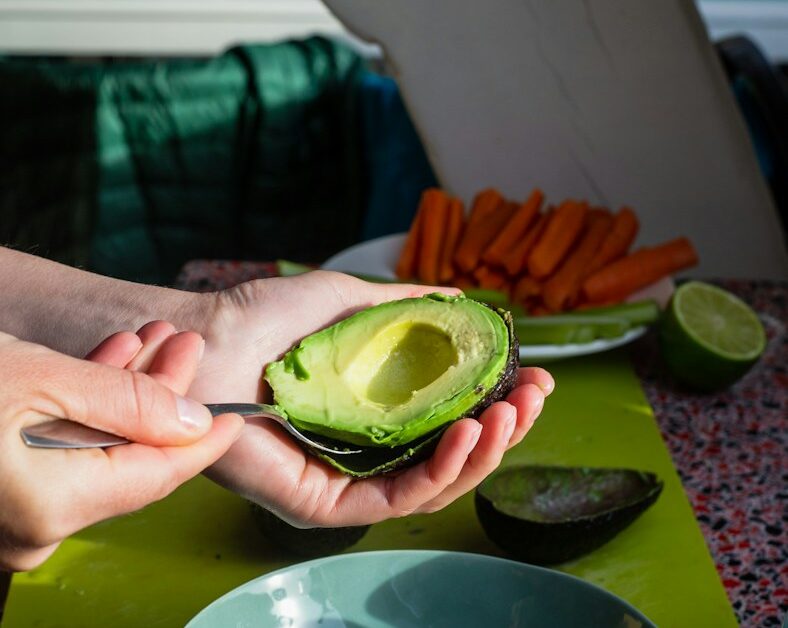What is the Raw Keto Diet?
The raw keto diet is a combination of two popular dietary approaches – the raw food diet and the ketogenic diet. The raw food diet emphasizes the consumption of uncooked and unprocessed foods, such as fruits, vegetables, nuts, and seeds. On the other hand, the ketogenic diet is a low-carbohydrate, high-fat diet that aims to induce a state of ketosis in the body, where it burns fat for fuel instead of carbohydrates.
The Benefits of the Raw Keto Diet
The raw keto diet offers several potential benefits for those who follow it:
- Weight Loss: The combination of a low-carbohydrate and high-fat diet can help promote weight loss. When the body is in ketosis, it becomes more efficient at burning stored fat for energy, leading to a reduction in body weight.
- Improved Energy Levels: Many people report increased energy levels when following a raw keto diet. This is because the body is using fat as its primary fuel source, which provides a more sustained and stable energy supply compared to carbohydrates.
- Mental Clarity: The ketogenic diet has been shown to have cognitive benefits, such as improved focus and mental clarity. By combining it with a raw food diet, which is rich in nutrients and antioxidants, these cognitive benefits may be further enhanced.
- Reduced Inflammation: The raw keto diet is naturally low in inflammatory foods, such as processed sugars and grains. This can help reduce inflammation in the body, which is associated with various chronic diseases, including heart disease and diabetes.
- Improved Digestion: Raw foods are rich in fiber, which can promote healthy digestion and prevent constipation. Additionally, the high-fat content of the diet can help stimulate the production of digestive enzymes, further aiding in digestion.
The Challenges of the Raw Keto Diet
While the raw keto diet offers numerous benefits, it also comes with its own set of challenges:
- Difficulty in Meeting Nutrient Needs: The raw keto diet restricts many food groups, which can make it challenging to meet all of your nutrient needs. It requires careful planning and supplementation to ensure an adequate intake of vitamins, minerals, and essential fatty acids.
- Food Safety Concerns: Raw foods carry a higher risk of foodborne illnesses, such as salmonella and E. coli. It is crucial to handle and prepare raw foods properly to minimize the risk of contamination.
- Limited Food Choices: The raw keto diet eliminates many common food items, such as grains, legumes, and dairy products. This can make it difficult to follow the diet in social settings or when dining out.
- Transition Period: When transitioning to a raw keto diet, some people may experience a period of adaptation known as the “keto flu.” This can cause symptoms such as fatigue, headaches, and irritability. However, these symptoms are usually temporary and subside as the body adjusts to using fat as its primary fuel source.
- Expense: The raw keto diet can be more expensive than a traditional diet due to the higher cost of organic and raw food items. This can make it less accessible for individuals on a tight budget.
Conclusion
The raw keto diet combines the principles of the raw food diet and the ketogenic diet, offering potential benefits such as weight loss, improved energy levels, and reduced inflammation. However, it also presents challenges in meeting nutrient needs, ensuring food safety, and limited food choices. As with any diet, it is essential to consult with a healthcare professional before making significant dietary changes to ensure it is suitable for your individual needs and goals.
